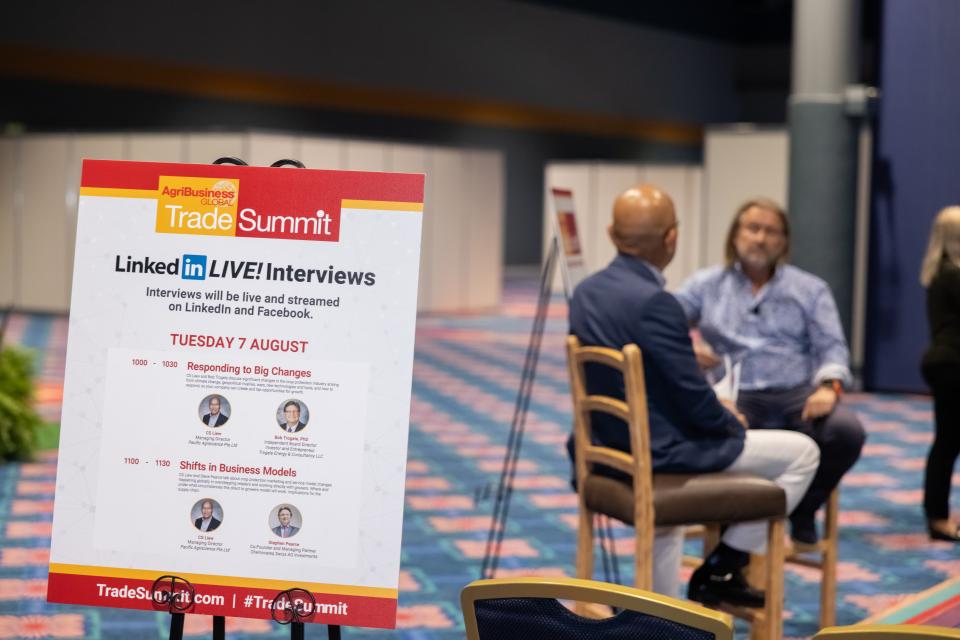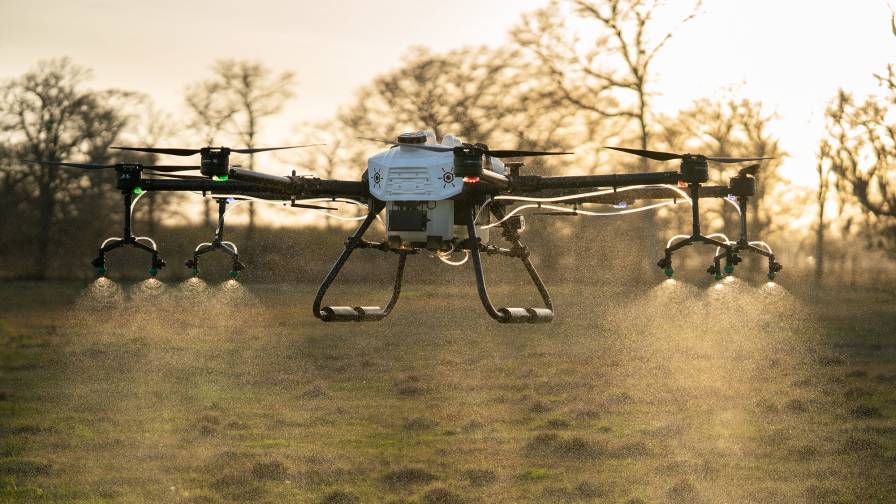Sustainable Podcast: Rovensa Next’s Arne Pingel Gives Tips for Successfully Integrating Newly Acquired Biological Companies
Arne Pingel, President of the European Biostimulants Industry Council (EBIC) and Head of Strategic Marketing for Rovensa Next. Pingel enters Rovensa Next after the company’s acquisition of 12 bionutrition, biocontrol, and adjuvant companies from around the world. In this episode of Sustainable, Pingel shares tips on what companies can do after acquiring biological companies and what it takes to succeed to bring products to market.
*This is a partial and edited transcript of the podcast interview.
ABG: Rovensa Next is merging these different companies from all over the world, with different cultures, languages, processes…what’s been your method to try to get everyone to work together?
Arne Pingel: The name of Rovensa Next was announced last year. We’re going through the process now of merging the companies, looking into the different processes, and how can we optimize them. Asking ourselves: Where did we do something good? Where were the struggles in the past? What did we learn and how can we share this information with all 12 companies?
The biggest struggle is having 12 different identities and merging them into one. I don’t have the magic wand that can do things overnight. It’s a question of time. It’s not just flipping the switch, but the time needed to bring people together. We are building a new company culture.
Processes is one important point to talk through. We also need to talk to growers and explain to them that there’s a new name out there and possibly even a new face, because markets from salespeople or technical people can be differently divided. It has a lot to do with communication.
We need to decide together what do we want to achieve and how will we achieve it? With a strong point that it needs to be done together. We can’t do this in silos. Everyone needs to be integrated, including growers and distributors.
ABG: Do you think that in-person communication is an important part of getting companies to work together or does meeting virtually work?
AP: I think your listeners will understand when I say that the markets last year and the beginning of this year didn’t develop as everybody was expecting.
Everybody looked at their costs, which meant a little bit less traveling. It’s like back to the times of COVID, where we are talking via the Internet. But we are now coming to a point where we say we need to sit in one room, because if you want to build a team, you need to sit together.
We live in a world that is very digitized. However, when you want to build new relationships, you can only do that, I believe face to face in a room, maybe even with a glass of beer, wine or drink of choice in the evening — but you need to sit together and create a memory. From that point onward, digital works.






